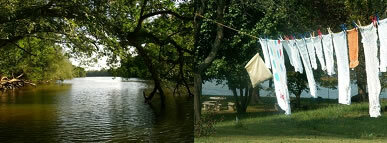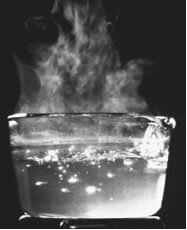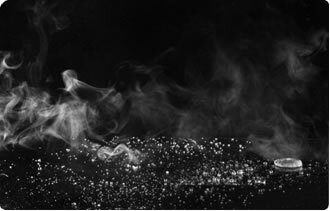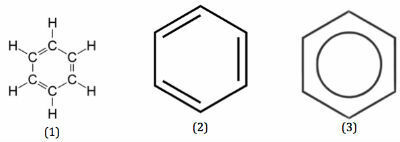The change in physical state or matter aggregation that occurs with the passage from liquid to gas is called vaporization. However, there are three types of vaporization, which are: evaporation, boiling and heating.
Let's see the difference of each one of them, remembering that in all cases there is a passage from liquid to gas:
• Evaporation: is the phase change from liquid to gas in a gradual, slow way. It only occurs on the surface of the liquid and is not visually perceptible, as there are no bubbles or agitation inside.
Examples: The clothes that dry on the clothesline, the river that evaporates, a pool of water that dries, etc.

• Boiling: in this case, the transition from liquid to gaseous state is caused by an increase in temperature, so it is faster than the previous one. There is the formation of bubbles, which is quite noticeable to the naked eye, as it occurs with agitation and throughout the entirety of the matter.
Do not stop now... There's more after the advertising ;)
Example: Boiling water.

• Heating: It is a much faster vaporization than the two previous ones. It occurs when a liquid comes into contact with a surface that is at a temperature higher than its boiling point.
Example: Drops of water “jumping” in contact with an iron or a griddle.

By Jennifer Fogaça
Graduated in Chemistry
Brazil School Team
Would you like to reference this text in a school or academic work? Look:
FOGAÇA, Jennifer Rocha Vargas. "Types of vaporization"; Brazil School. Available in: https://brasilescola.uol.com.br/quimica/tipos-vaporizacao.htm. Accessed on June 28, 2021.


